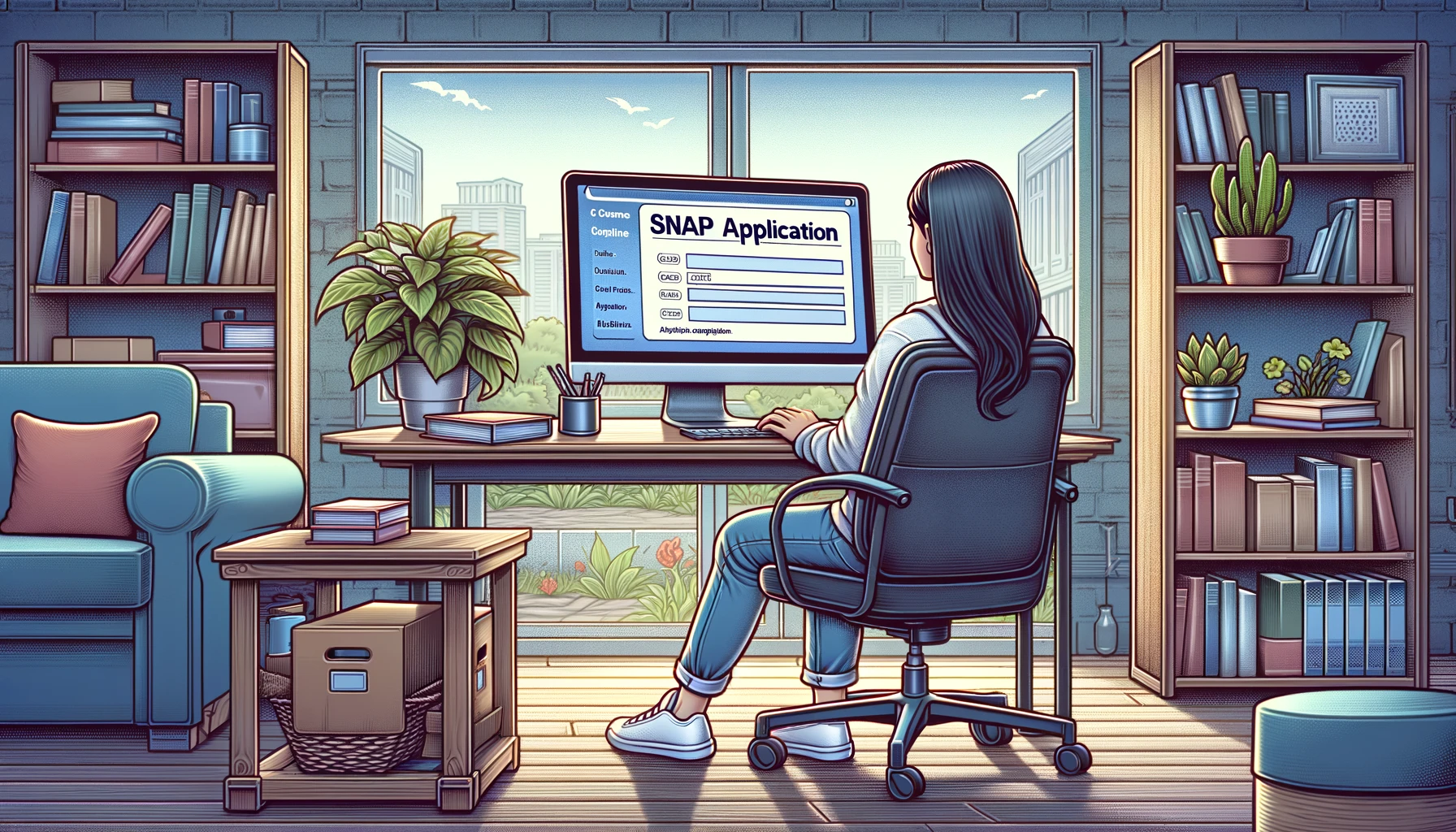How to Apply for Food Stamps, Applying for food stamps, officially known as Supplemental Nutrition Assistance Program (SNAP), is an important step for individuals and families in need of assistance to afford nutritious food. This program is managed by the U.S. Department of Agriculture and administered at the state level. Here’s a step-by-step guide on how to apply for SNAP benefits, designed to help you through the process efficiently.
How to Apply for Food Stamps /Understanding Eligibility Requirements
How to Apply for Food Stamps, Before applying, it’s essential to determine if you meet the eligibility criteria for SNAP. Eligibility is based on several factors including income, assets, and household size. Generally, households must meet income tests unless all members are receiving TANF (Temporary Assistance for Needy Families) or SSI (Supplemental Security Income). How to Apply for Food Stamps
Income Limits
Your household’s gross monthly income (that is, before any deductions are applied) must be at or below 130% of the poverty line. For a family of three, this translates to a monthly income of about $2,311 in 2024.
Asset Limits
Households without elderly (60+) or disabled members must have assets of $2,500 or less, and those with such members must have assets of $3,750 or less.
Apply
Step 1: Find Your State’s SNAP Application
Each state has a different application form and process. You can find your state’s SNAP application by visiting the USDA’s SNAP State Directory. This directory provides links to each state’s local SNAP information and application processes.
Step 2: Complete the Application
Fill out the application form as completely and accurately as possible. You can apply online, by mail, or in person at your local SNAP office. Online applications are generally faster and easier to track.
Step 3: Gather Necessary Documentation
You will need to provide documentation that verifies your identity, income, expenses, and household composition. Commonly required documents include:
- Proof of identity (driver’s license, state ID, etc.)
- Recent pay stubs or unemployment documentation
- Rent or mortgage statements
- Utility bills
- Medical bills (especially for elderly or disabled members)
Step 4: Submit Your Application
Once your application is complete and all necessary documents are gathered, submit everything according to your state’s guidelines. If applying online, you will typically receive a confirmation number or email.
How to Apply for Food Stamps After You Apply
Interview Process
After your application is submitted, most states require a follow-up interview, which can often be conducted over the phone. This interview is to confirm the information on your application and clarify any details.
If approved, benefits are typically issued on an EBT (Electronic Benefit Transfer) card, which works like a debit card and is accepted at most grocery stores. The amount of benefits you receive depends on your household’s financial situation.
Tips for a Smooth Application Process
- Apply as soon as you think you’re eligible: Benefits start from the date you submit your application, not the date you become eligible.
- Keep copies of all documents and forms submitted: This will be helpful if there are any questions or issues during the processing of your application.
- Ensure all information is accurate: Discrepancies can delay the process or result in denial of benefits.
services supplemental nutrition assistance program SNAP
The Supplemental Nutrition Assistance Program (SNAP) is a federal aid program administered by the United States Department of Agriculture, specifically through its Food and Nutrition Service (FNS). Its primary purpose is to provide nutritional assistance to eligible low-income individuals and families. SNAP is the largest program working against hunger in the U.S.
Here’s how SNAP generally works:
- Eligibility: Eligibility for SNAP is based on several factors, including income, household size, and expenses. Households must meet income tests unless all members are receiving other types of federal aid such as TANF (Temporary Assistance for Needy Families) or SSI (Supplemental Security Income).
- Benefits: SNAP benefits are provided on an Electronic Benefits Transfer (EBT) card, which works like a debit card to buy eligible food items at authorized retail stores and farmers markets.
- Types of Foods: Beneficiaries can purchase fruits, vegetables, meat, dairy products, breads, cereals, and more. However, they cannot buy alcohol, tobacco, vitamins, medicines, hot foods or any non-food items.
- Economic Impact: Besides helping to reduce hunger and food insecurity, SNAP also supports the economy. It’s been shown that every dollar in new SNAP benefits results in greater economic output.
The program is designed to be responsive to changes in economic conditions, expanding to meet increased need during economic downturns and contracting as recovery occurs. SNAP also includes employment and training programs to help recipients move toward self-sufficiency
Conclusion
Applying for SNAP benefits can significantly ease the financial burden of purchasing nutritious food for those in need. By following the steps outlined above and preparing adequately, you can navigate the application process more confidently. Remember, each state might have slight variations in the process, so it’s important to seek out your specific state’s resources for the most accurate guidance
